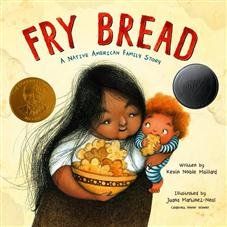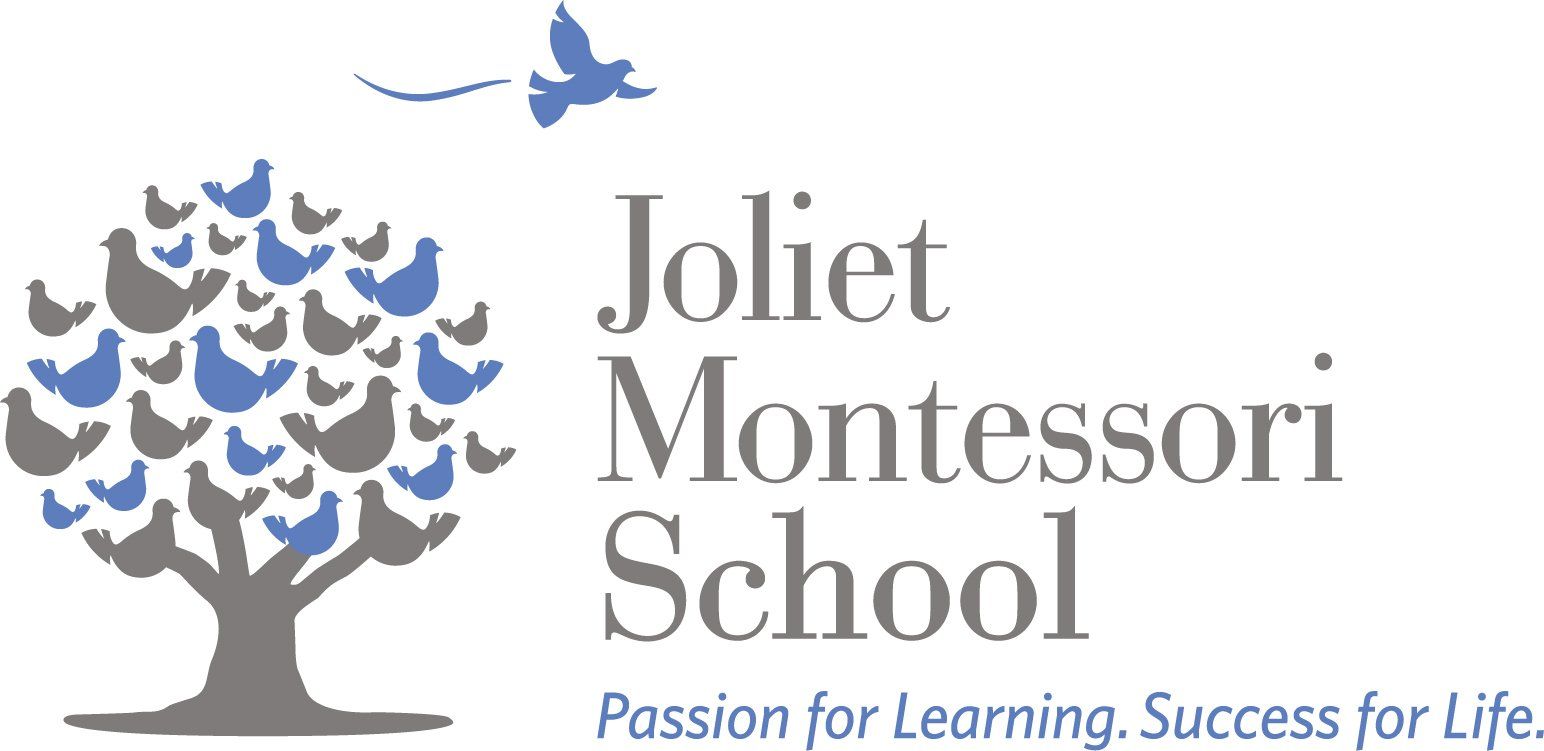Books to Honor Native Culture
One Way To Honor Native People

November is Native American Heritage month, and we thought it fitting to celebrate by recommending books by native authors that celebrate their culture and traditions. Read below for some new titles for your child to explore this month. As always, we recommend checking books out from your local library when possible, but we have provided Amazon links for more information or in case you’d like to purchase them.
My Heart Fills With Happiness by Monique Gray Smith, illustrated by Julie Flett
A sweet board book recommended for infants and toddlers, but would also be enjoyed by many preschoolers. Winner of a BC Book Prize, the simple text and bold illustrations guide readers through many of the ways we find joy in our everyday lives. Some of the examples are universal to us all: “when...I see the face of someone I love”, “I sing” “I feel the sun dancing on my cheeks”. Other examples, as well as the artist’s renderings, honor uniquely native cultural elements: “I smell bannock baking in the oven”, traditional native dress, and the importance of oral tradition. Native children will be able to see themselves (or people like them) in this book; non-native children will have an opportunity to see and learn a little about indigenous culture. Giving children such opportunities in the literature they read is so important, and the earlier we begin doing so in their lives, the better!
Fry Bread: A Native American Family Story by Kevin Noble Maillard, illustrated by Juana Martinez-Neal
A lovely picture book that children through about grade 1 will enjoy. Fry bread is a native food that was born out of necessity; when indigenous people were forced to move out of their homelands and into places that did not support their traditional agriculture, the United States government provided them with supplies like canned goods and flour. Fry bread was created to prevent starvation, and while its history is complicated, it is seen by many native people today as a comfort food that has woven itself into the fabric of their collective history. This book focuses on how fry bread can be enjoyed by all our senses, and how it makes people feel. There is even a recipe at the end of the book so that you can try it at home! Winner of the 2020 Robert F. Sibert Informational Book Medal and a 2020 American Indian Youth Literature Picture Book honor.
We Are Water Protectors by Carole Lindstrom, illustrated by Michaela Goade
Winner of the 2021 Caldecott Medal, We Are Water Protectors is an excellent picture book suitable for children through first grade. Water is fundamental to us all, and its importance is revered in indigenous stories and culture. Narrated by a young girl, this story imparts the critical nature of water on Earth and talks about the native prediction of a destructive black snake that has long been foretold as a threat to water and life. Connecting the black snake to today’s oil pipelines, the story then illustrates the role native people have played in important protests across North America. Stunning illustrations show the power a community of caring people can have when they stand for what they believe in.
Pikiq by Yayo
Young Pikiq, and his friends the crow and snowy discover a box one day that was left behind by an explorer. Inside they find wonderful items: art supplies and a book about far away plants and animals. Pikiq dives right in and begins drawing as many as he can, and in the days that follow, his imagination lets him see these fantastic plants and beasts everywhere he goes. A pink armadillo walks across the inside wall of his icy home, tropical birds perch on caribou antlers, trees begin to look like elephants, and he even imagines making a kayak out of banana leaves. At the end of the book we realize it was all a dream, but Pikiq is excited to draw everything anyway!
Bowwow Powwow by Brenda J. Child, translated by Gordon Jourdain, illustrated by Jonathan Thunder
Written in English and translated into Ojibwe, this story celebrates the magic of the powwow: a gathering of native nations to celebrate music, dance, food, community, and heritage. Young Windy Girl finds the perfect dog - Itchy Boy. Together, they pile into her uncle’s truck and listen to his stories about the powwows of his youth. The best part of Windy Girl’s summer is attending the powwow, eating blueberry snow cones, watching the dancers, and falling asleep under the stars to the sounds of the drums. This picture book won a 2020 American Indian Youth Literature award.
Indian No More by Charlene Willing McManis and Traci Sorell
This middle grade book is recommended for children in grades 4-8. Loosely mirroring McManis’ own childhood experiences, main character Regina Petit’s family’s native status was revoked by the United States government in the 1950s. During this time, entire native nations were expelled from their lands and were forced to move elsewhere in search of economic opportunities. The Petits moved from Oregon to Los Angeles, losing their culture, community, and way of life. Regina meets some new friends in her diverse neighborhood, but experiences racism (directed both toward her family and her friends’) for the first time. This book shows some of the many ways people deal with such experiences; Regina’s grandmother focuses on passing native knowledge and stories on to her granddaughters, Regina’s mother expresses her anger but finds solace in her new community, and Regina’s father unsuccessfully attempts to reject his native heritage in an effort to become “American”. A beautifully crafted piece of historical fiction, this book has won multiple awards, including being named one of the best books of 2019 by American Indians in Children’s Literature.
Apple in the Middle by Dawn Quigley
Thirteen-year-old Apple has spent her whole life never feeling like she fits in anywhere. Her mother, a native American, died the day she gave birth to Apple, and her father is too heartbroken to ever talk about what happened or Apple’s heritage. One summer he decides she should spend a few months with her grandparents - who she’s never met - on their reservation. Apple meets people who accept her for who she is, she learns about her mother and her ancestors, she finds herself immersed in culture and traditions, and best of all - she begins to figure out who she really is. A 2020 American Indian Youth Literature honored book, this young adult title would appeal to teens.
Hearts Unbroken by Cynthia Leithich Smith
This 2020 winner of the American Indian Youth Literature award is the final young adult title on our list, and highly recommended for teens. Seventeen-year-old Louise dumps her popular football-player boyfriend when he makes disparaging remarks about native Americans. While she doesn’t always talk about it in her predominantly white town, Lou has great pride and deep respect for her native heritage. At the start of her senior year of high school, she joins the school newspaper and begins writing about issues that are important to her. Right around the same time, her brother (a freshman), is given the part of the Tinman in the school’s production of The Wizard of Oz. Steeped in racism, the local parent organization begins to protest - outraged at the newly established diversity within the theater department. Lou goes through many of the same experiences all high school seniors do, while also finding ways to fight for what’s right and give voice to the often silenced.
Bonus:
We haven’t read these titles yet, but they’re on our list, and come highly recommended!
Rez Dogs by Joseph Bruchac (middle grade novel in verse)
Firekeeper's Daughter by Angeline Boulley (YA fiction thriller)
Hunting by Stars by Cherie Dimaline (YA fiction, follow-up to Marrow Thieves)
PROGRAMS
QUICK LINKS
Fax (815) 741-9753
Fax (815) 741-9753
Joliet Montessori School
Joliet Montessori School

